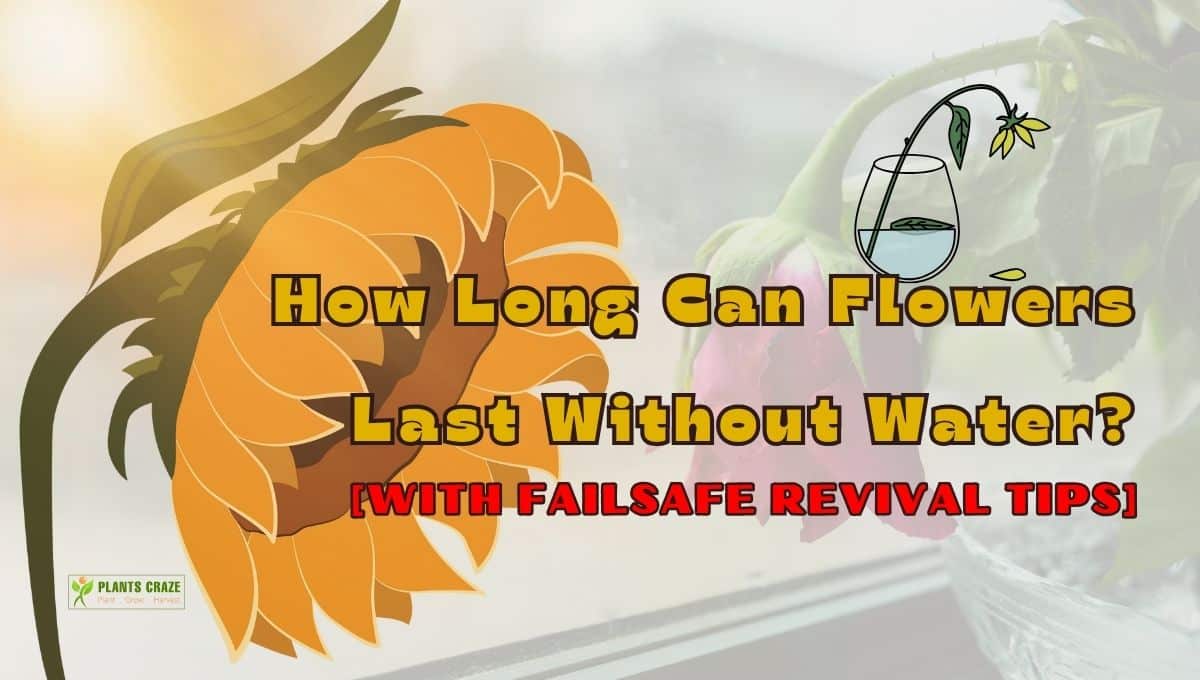Flowers are an integral part of our lives, adorning our spaces and imparting a sense of joy and vitality. However, the longevity of these blooms without water can be a pressing concern for any flower enthusiast or casual buyer. This article delves into how long flowers can survive without water, exploring various factors that influence their longevity, the type of flowers in question, and practical advice you can employ to extend their lifespan.
Understanding Flower Physiology
To comprehend how long flowers can go without water, one must first grasp their physiological needs. Flowers, like other living organisms, undergo a metabolic process that requires water. This liquid acts as a transport medium, allowing nutrients to circulate throughout the plant. Lack of water disrupts this process, leading to wilting and, eventually, decay. However, the duration of survival without water varies significantly among different species.
The Impact of Environmental Conditions
Environmental factors play a crucial role in determining how long flowers can last without hydration. Temperature, humidity, and airflow drastically influence a flower’s water loss through transpiration. In a warm, dry environment, for instance, flowers may dehydrate within just a few hours, while in cooler, more humid conditions, they may last several days. This variability necessitates an understanding of the specific conditions in which the flowers are kept.
Flower Types and Their Water Needs
Different flowers exhibit varying degrees of drought tolerance. Below is a closer examination of how long specific types of flowers can survive without water:
- Roses: Known for their exquisite beauty, roses can typically survive 6 to 12 hours without water, but wilting can start to occur within just a few hours in unfavorable conditions.
- Tulips: These vibrant blooms can endure longer without water, lasting around 24 hours before showing significant signs of distress.
- Daisies: Daisies are relatively hardy and can survive up to 12 hours without water, although they will exhibit wilting characteristics sooner in high temperatures.
- Orchids: Orchids are somewhat resilient and can endure up to 48 hours without moisture, thanks to their thick leaves and water-storing capabilities.
- Sunflowers: These towering beauties can manage about 8 to 10 hours without water, after which they begin to droop, losing their cheerful disposition.
Signs of Dehydration in Flowers
Recognizing the signs of dehydration is essential for anyone tasked with maintaining floral arrangements. Common indicators of thirsty blooms include:
- Wilting: The most apparent sign, where petals droop due to loss of turgor pressure.
- Discoloration: Flowers may lose their vibrant color and appear dull or brownish around the edges.
- Curling Leaves: Leaves may curl inward or become crispy, indicating a lack of moisture.
- Foul Odors: In some cases, decaying petals and stems can emit a rancid smell as they begin to break down.
Practical Tips for Extending Flower Lifespan
While it is impossible to prevent flowers from eventually wilting without water, there are several methods one can employ to prolong their beauty:
- Choose the Right Vase: Use a clean container that’s appropriate for the size of the flowers and fill it with the right amount of fresh water.
- Cut the Stems: Trimming about an inch off the stems at a sharp angle can improve water uptake as it removes any air bubbles that may impede hydration.
- Remove Leaves: Leaves submerged in water can rot, leading to bacterial growth. Ensuring only stems and blooms are in contact with the water will keep them fresh longer.
- Cool Location: Storing flowers in a cooler environment will reduce transpiration rates, thus extending their lifespan.
- Use Flower Food: Nutrient supplements can not only enhance the longevity of flowers but promote vibrant blooms by feeding them with essential nutrients.
When to Say Goodbye
Despite best efforts, the time will come when flowers can no longer be revived. Recognizing this phase is crucial. If flowers show irreversible signs of decay—such as extensive browning, a mushy texture, or a complete limpness—it’s best to part with them to prevent any unpleasant odors or unsightly appearances in your living space.
Conclusion
The longevity of flowers without water deeply hinges on their type and environmental conditions. Understanding these factors allows flower enthusiasts to manage their floral displays more effectively, ensuring they remain as captivating as the day they were purchased. Just as we appreciate the beauty of flowers, so too should we acknowledge the care they require to thrive.

